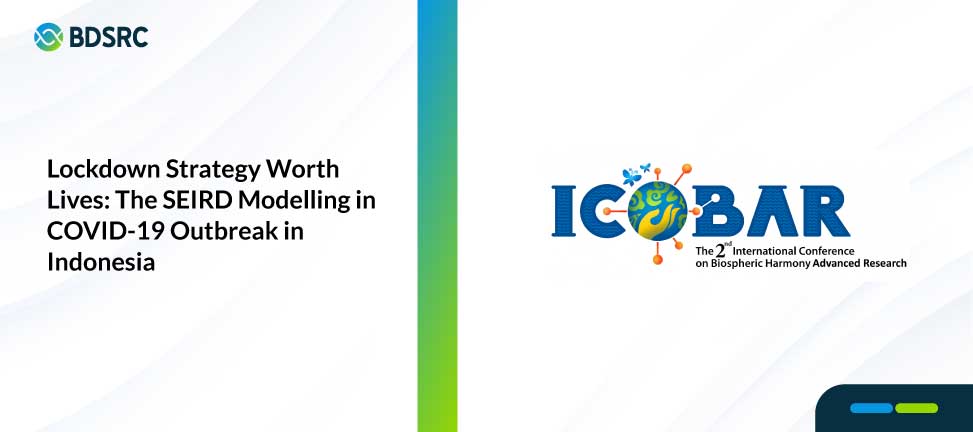Lockdown Strategy Worth Lives: The SEIRD Modelling in COVID-19 Outbreak in Indonesia

Lockdowns, despite their conflicting restrictions and consequences they might offer when enforced as a national strategy, are deemed to be suggestive for a prompt conquer to the Coronavirus Disease-19 (COVID-19) outbreak. There have been some success stories such as in China, South Korea and our ASEAN member fellow, Vietnam, which exhibited extremely fallen numbers of COVID-19 cases post the enforcement of lockdown. Indonesia, however, remains in the crux of dispute whether or not the lockdown is opted to force COVID-19 transmission down under control. We, in this respect, employ the most popular model which has been broadly applied in the field of epidemiology, referred as SEIRD (Susceptible, Exposed, Infectious, Recovered, and Death), the extension form of an age-structured SEIR, where the Death (D) is included to provide more factual situation. We modify the I (Infectious) fraction as symptomatic (Is) and asymptomatic (Ia) infectives. There are three lockdown scenarios simulated in our modified SEIRD with the starting date are 26 April 2020 when the immediate lockdown was enacted-and a-week and two-week-gaps, respectively. We figured out that by stipulating the lockdown without delay (26 April 2020), the new cases could be kept below 10,000. A week delay escalates case number to 5,000 and delay for one more week results in beyond 20,000 new cases. Furthermore, when the intervention is delayed following the delayed lockdown, normalization would demand a longer period within which dealing with more critical and dying patients is unavoidable and should be more anticipated.
International Conference on Biospheric Harmony Advanced Research 2020
Ika Nurlaila, Alam Ahmad Hidayat, Bens Pardamean
